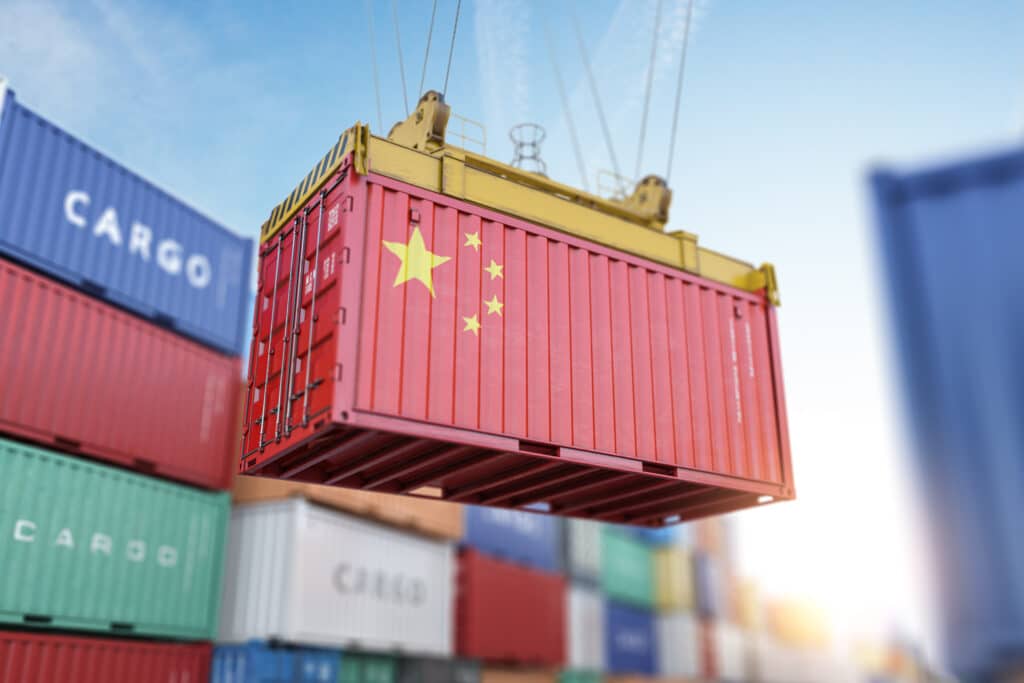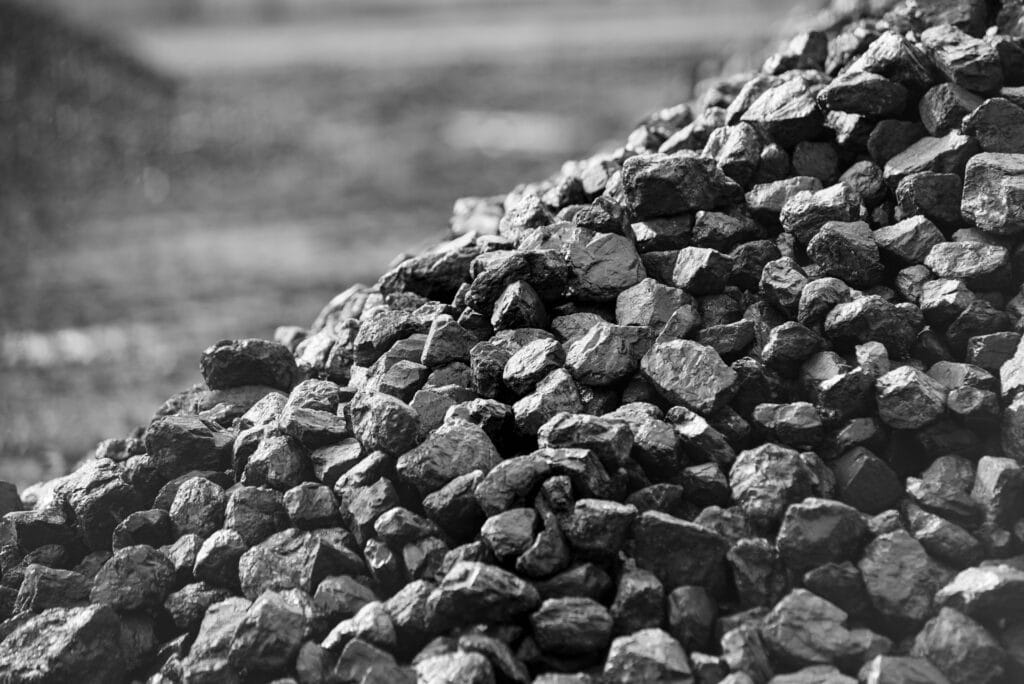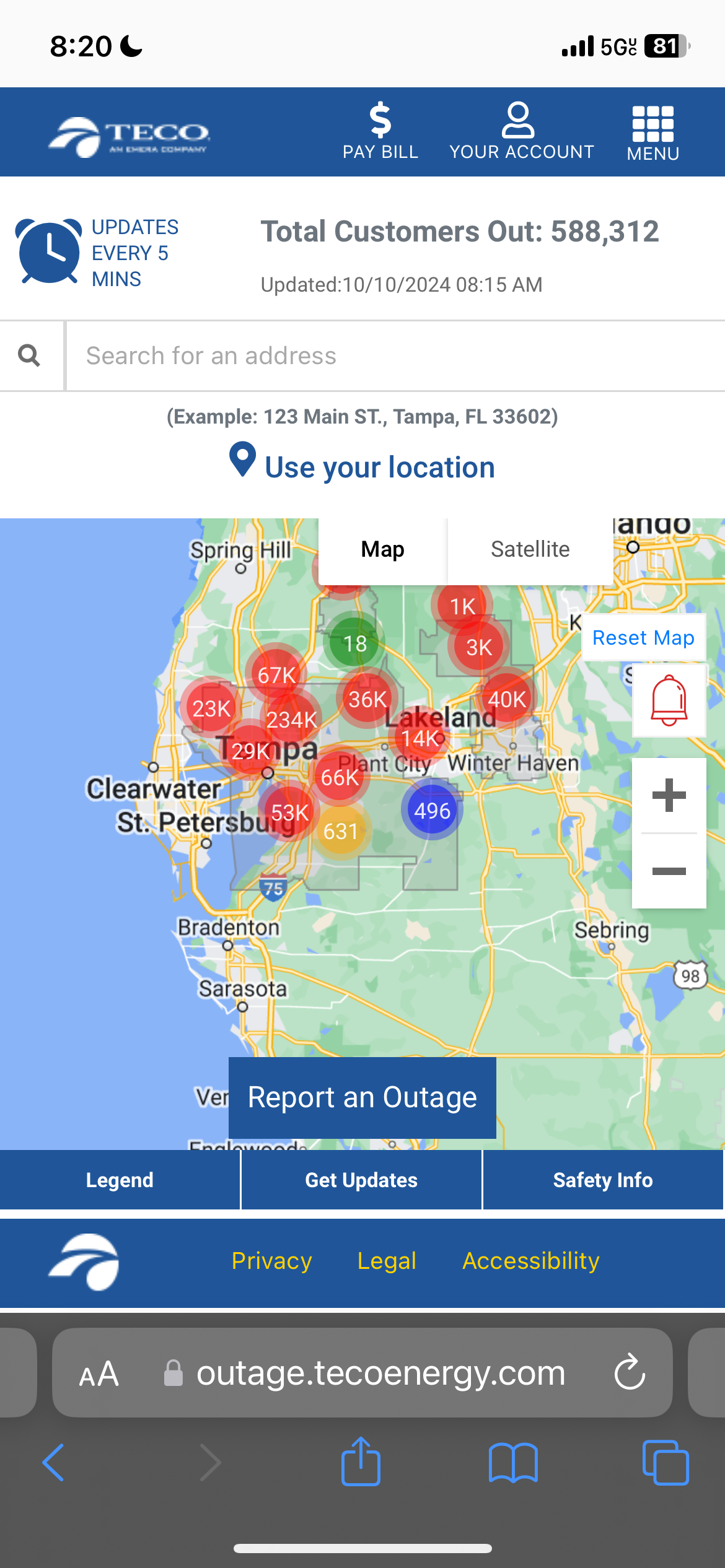As President-elect Donald Trump prepares to assume office in January 2025, the industrial metals market is poised for a number of shifts. His proposed policies, particularly concerning tariffs and infrastructure development, are expected to influence metal prices both positively and negatively.
Knowledge is key in navigating tariffs and metal market fluctuations. Don’t miss out on MetalMiner’s expert analysis, subscribe to MetalMiner’s free weekly newsletter.
Proposed Tariffs and Their Implications
A cornerstone of Trump’s economic agenda is the implementation of tariffs on certain imports. He proposed tariffs of 60% to 100% on Chinese goods and an additional 10% to 20% on imports from other trading partners. By raising the cost of imported goods, these measures aim to boost domestic manufacturing and encourage the use of U.S.-produced materials, while lessening dependency on nations like China.

However, these tariffs could increase production costs for industries that depend on imported metals, which might result in higher prices for consumers.
Impact on Industrial Metal Prices and Production
High tariffs will likely encourage domestic production of industrial metals. As imported metals lose their competitive edge due to higher costs, U.S. manufacturers could see higher demand. This shift may drive higher utilization rates at domestic metal production facilities and stimulate new investments in the industry. (Learn how to utilize macroeconomic information like this in order to better curate your procurement strategies by reading 5 Best Metal Sourcing Practices).
Despite this, the transition could face challenges, as expanding production capacity takes time and capital.
Global Trade Tensions and Supply Chain Disruptions
Furthermore, tariffs could heighten trade tensions, especially with China. In response, China could retaliate by imposing its own tariffs on U.S. exports or limiting the supply of critical raw materials.

These actions might disrupt global supply chains, causing volatility in metal prices and potential shortages of specific materials.
Infrastructure Development: Metal Prices & Demand
The Trump administration has committed to significant infrastructure development, which could boost demand for industrial metals like steel, aluminum and copper. These projects may drive prices higher as demand increases. However, the scale and timing of these initiatives, along with the ability of domestic producers to meet the rising demand, will determine the overall impact.
Don’t miss out on valuable meta; market insights. Subscribe to MetalMiner’s free Monthly Metals index report and gain a competitive edge with comprehensive market analysis for 10 different metal sectors.
Inflationary Pressures and Consumer Prices
Tariffs and rising demand from infrastructure projects could drive inflation by increasing production costs for manufacturers. As a result, manufacturers may raise prices for goods made with industrial metals, highlighting the intricate connection between trade policies and consumer economics.

Although tariffs aim to boost domestic production and support U.S. manufacturers, they also threaten to heighten trade tensions and disrupt global supply chains. At the same time, planned infrastructure projects are likely to fuel higher demand and higher industrial metal prices.




